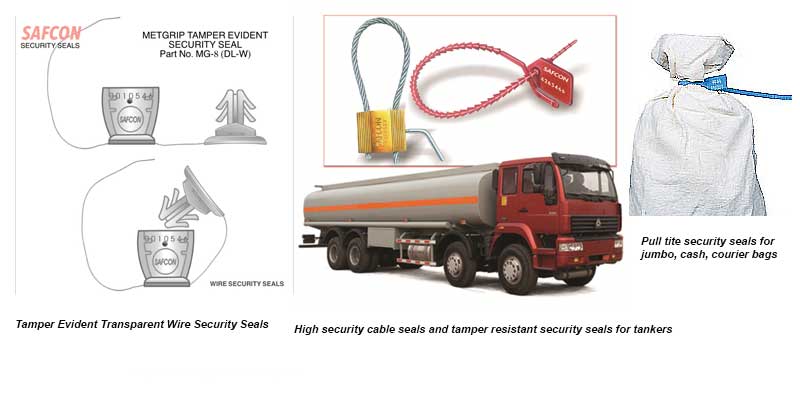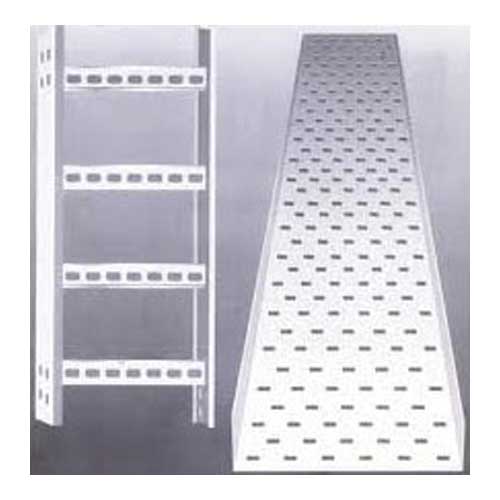Schedule a Call Back
Right security seals used smartly can improve the cargo security
 Industry News
Industry News- Oct 31,23

- Seal the side as well as the rear doors.
- Run the seal strap through the hasp, once. Seals wrapped through the hasp more than once become illegible.
- In order to ensure a positive seal, pull the seal strap and twist the section of the seal that was inserted into the locking mechanism.
- The name of the person breaking the seal.
- The reason for breaking the seal.
- The time and date the seal was broken.
- The serial number of the broken seal.
- The serial number of the replacement seal.
- The names of witnesses to the breaking of the seal.
- Only authorised security personnel should remove seals.
- Enter in the in-bound seal log, the name, serial number and all coding information appearing on the seal. Be sure to verify that it is the original seal from the manifests.
- Compare the name, serial number and all coding information appearing on the seal with the corresponding shipping papers.
- Prior to removing the seal, ensure that it has not been shortened or falsely sealed. Check for strange marks and tampering.
- Security seals that are inspected visually should be examined with an identical seal held right alongside. Humans do not accurately remember details of exact color, size, surface texture, and patterns, but they are very proficient at visual side-by-side comparisons.
- Pull and twist the seal to the left and right to ensure that the seal head has not been violated.
- Any discrepancy should be reported to the person(s) assigned to accept such statements, as well as recorded in the in-bound seal log.
- All shipments received with a violated seal must be reported as noted in the previous section and re-sealed if additional transportation is required.
- Any evidence of theft should be reported to the security department and investigation begun, regardless of the hour.
- Ensure that the fastening devices and hinges securing the door and the locking handles cannot be removed without violating the seal.
- Use color-coded seals to differentiate commodities, terminals, warehouses, plants, in-bound or out-bound shipments, and time periods.
- Use different colored seals for trailers returning with empty loads in order to prevent drivers from privately utilizing trailers on return trips and from transporting cargo without authority.
- Periodically change the seal colors to prevent usage of unauthorized old seals.
- Companies shipping a trailer load of merchandise within a local area making 2 to 7 stops may secure the trailer with a different colored seal after each stop.
- High security shipments.
- Air, Water and ground transportation and intermodal shipments.
- International shipments.
- Shipping or storing in high crime areas or parked vehicles.
- The use of the cutting tools should be carefully controlled.
- Drivers should not be allowed to carry bolt cutters except for special occasions.
Related Stories

Preventing Revenue Loss with Smart Meter Security Seals
Smart meters offer operational efficiency and transparency but introduce risks like tampering. Rajesh Kumar Banka, MD, Safcon Seals Pvt Ltd, highlights the importance of upgrading security systems t..
Read more
Why high-security meter sealing is central to modern utility protection
While meter technology has advanced considerably, sealing mechanisms have often remained stagnant. The evolution of metering demands a parallel shift in sealing strategy, writes Rajesh Kumar Banka, ..
Read more
Security seals: Simple tools for solving serious problems in modern logistics
Despite advances in tracking and surveillance, many companies overlook a basic but powerful line of defence: tamper-evident sealing, says Rajesh Kumar Banka, MD, Safcon Seals Pvt Ltd.
Read moreRelated Products

Largest Wiring Harness, Cable Looms
Miracle Electronic Devices Pvt Ltd offers a wide range of largest wiring harness, cable looms.

Ms Painted Cable Trays
Rama Enterprises offers a wide range of MS painted cable trays.

Nickel Wire Mesh
Raj Filters & Wiremesh Pvt Ltd offers a wide range of
nickel wire mesh.















